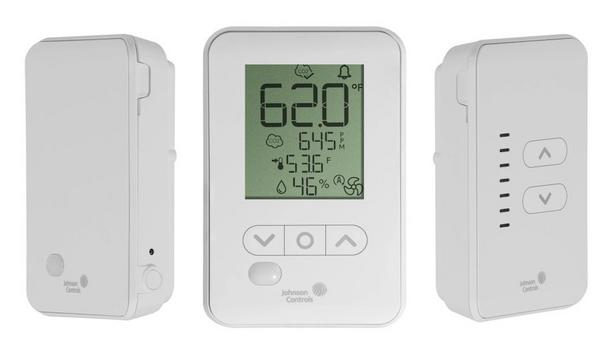Ensuring the health and well-being of students and staff is a top priority for any K-12 school. Mold growth is a common concern that can negatively impact indoor air quality (IAQ) and, subsequently, the overall learning environment.
In this article, Pure Air Control Services Inc. delves into the importance of addressing mold concerns in school buildings and HVAC systems, offering actionable solutions to create a safe and healthy atmosphere for all.
Mold Concerns in Schools Impact Health and Learning
According to the EPA, exposure to mold indoors can lead to respiratory issues
Mold is not only unsightly but also poses potential health risks, especially to those with allergies, asthma, or compromised immune systems.
According to the Environmental Protection Agency (EPA), exposure to mold indoors can lead to respiratory issues, eye irritation, skin rashes, and exacerbate existing conditions. For students, prolonged exposure to moldy environments could hinder concentration, cause absenteeism, and affect academic performance.
Identifying Common Mold Prone Areas
Certain areas within school buildings are more prone to mold growth, due to factors like high humidity levels, poor ventilation, and water leaks.
These areas often include basements, bathrooms, locker rooms, and spaces with inadequate air circulation. Regular inspections and moisture control measures are essential to prevent mold from taking hold.
Maintaining HVAC Systems to Combat Mold
The HVAC system plays a crucial role in maintaining indoor air quality and preventing mold growth. Regular maintenance is the key to ensuring that the system effectively controls humidity and circulates clean air.
The following steps are recommended to address mold concerns in school buildings within HVAC systems:
- Regular Inspections: Schedule routine inspections to identify any signs of mold growth or water damage within the HVAC system. Address these issues promptly to prevent further spread.
- Proper Ventilation: Ensure that the HVAC system is properly designed to provide adequate ventilation to all areas of the school. Well-ventilated spaces are less likely to have moisture build-up that can lead to mold growth.
- Humidity Control: Implement humidity control measures, such as using dehumidifiers in areas prone to excessive moisture. Keeping humidity levels between 30% and 50% helps deter mold growth.
- Air Filters: Regularly replace and clean air filters within the HVAC system to prevent the circulation of mold spores. High-efficiency particulate air (HEPA) filters are recommended to capture smaller particles, including mold spores.
- Prompt Repairs: Address any HVAC system malfunctions or leaks promptly to prevent water accumulation, which can lead to mold growth.
Collaboration and Education on Mold Concerns in Schools
Addressing mold concerns in school buildings requires a collaborative effort
Addressing mold concerns in school buildings requires a collaborative effort involving school administrators, teachers, maintenance staff, and parents.
Creating awareness about the importance of proper maintenance and mold prevention strategies can empower the school community to contribute to a healthier environment.
Prioritize health and well-being of students and staff
Prioritizing the health and well-being of students and staff involves taking proactive measures to address mold concerns in school buildings and HVAC systems. By conducting regular inspections, maintaining proper ventilation, controlling humidity, and educating the school community, we can create a safe and conducive learning environment for everyone.
Remember, a mold-free school is a step toward fostering a positive academic experience for all. Have a mold concern in the school building? WTI – Pure air can help! Contact them at the earliest for more information.















